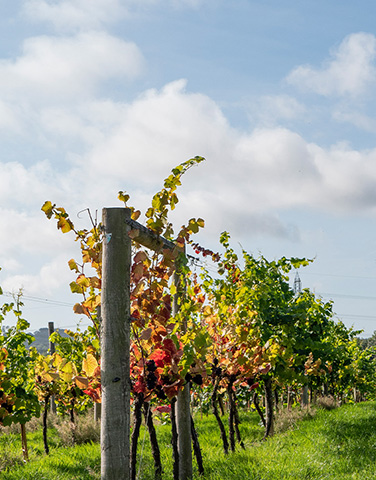
The perils of Japanese knotweed when selling your home
The importance of homeowner’s disclosing Japanese knotweed in property transactions cannot be understated. For the majority who are unsure if their property is free of knotweed, the property forms present a risk when it comes to buying and selling a property that may be affected by this highly invasive weed.
What is Japanese knotweed?
Japanese knotweed is an especially troublesome invasive weed. Growing rapidly (up to four inches per day), it can cause significant structural damage by undermining foundations and compromising concrete. Knotweed that has been previously treated with herbicide can lie dormant for several years before starting to regrow, particularly if the ground is disturbed by building work or digging.
The presence of knotweed has the potential to decrease the saleability and jeopardise the value of a property. Lenders may also refuse to offer loans if the existence of this weed is found within a specific distance of the property.
How does this affect homeowners?
Since it was revised in February 2020, sellers are required to state whether Japanese knotweed is present on their property through the Law Society TA6 information form by answering “Yes”, “No” or “Not Known”. Homeowners who sell a property with it and fail to declare it, or wrongly deny its presence, can face legal action.
If a seller is aware of its presence, their answer should be a conclusive “Yes”. In which case, the owner must disclose if a Knotweed Management Plan exists, and, if it does, provide a copy to their solicitor.
However, for the majority who are unsure if their property is free of knotweed, it is not immediately clear whether to answer “No” or “Not Known”.
For a seller to confidently answer “No”, they must be certain that no knotweed root exists in the property’s ground or within 3 metres of the property boundary, even if the plant is not visible above ground. If a seller responds with “No”, and this is later discovered to be untrue, they can be sued for misrepresentation by the buyer.
If you are unsure whether the property is affected by Japanese Knotweed, a safer answer would definitively be to tick “Not Known”. This pushes the responsibility back onto the buyer to carry out further investigations such as commissioning a professional knotweed survey.
If Japanese Knotweed is discovered during the selling process, a professional survey should be obtained, and a professional treatment plan arranged, with an insurance guarantee that is approved by the buyer.
A recent illustration: Downing v Henderson (2023)
In August 2018, Jonathan Downing purchased a £700,000 property in Surrey from Jeremy Henderson. Mr. Henderson had stated in the TA6 form that the property was not affected by Japanese knotweed. However, Mr. Downing later found a significant amount of the weed in his garden. Mr. Henderson claimed he had lived at the property for three years and was not aware of or had been made aware of the existence of the knotweed.
The judge was unconvinced by Mr Henderson’s statement due to expert evidence which confirmed that the weed had once grown two metres tall and had been treated with herbicide.
As a result, Mr. Henderson was ordered to pay £32,000 in damages for the decrease in property value and the cost of investigating and removing the weed, and costs of £95,000 for misrepresentation in addition to his own £100,000 legal costs.
Whilst the dangers of Japanese knotweed are more widely known, trying to hide it or making carelessly completing the property information forms can have significant consequences.
How we can help
If you have any questions about completing property information forms or the conveyancing process, please get in touch with our residential conveyancing team.






 Download PDF
Download PDF










